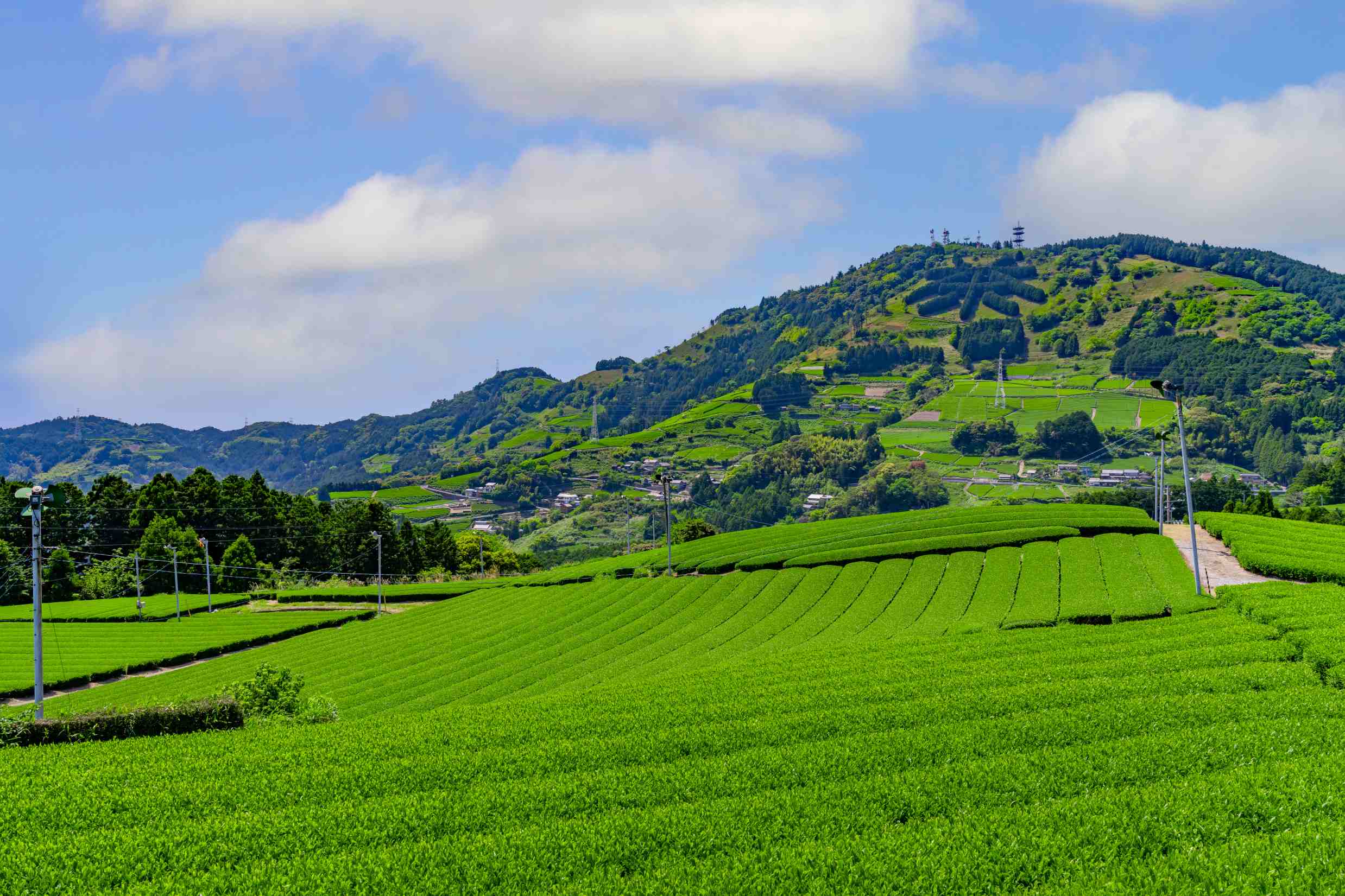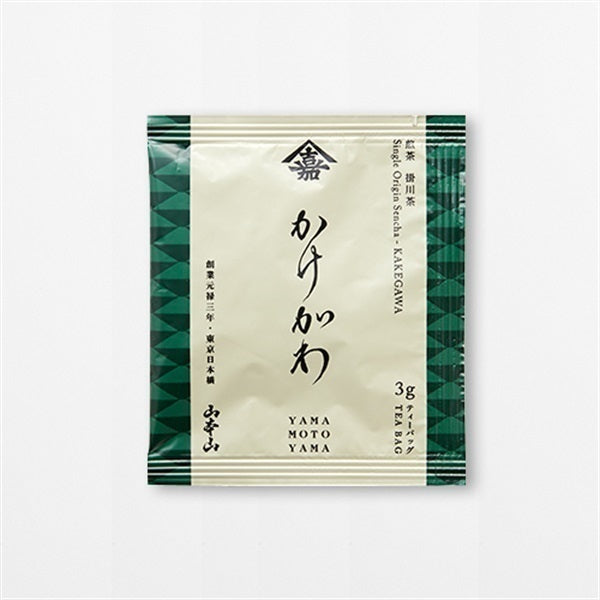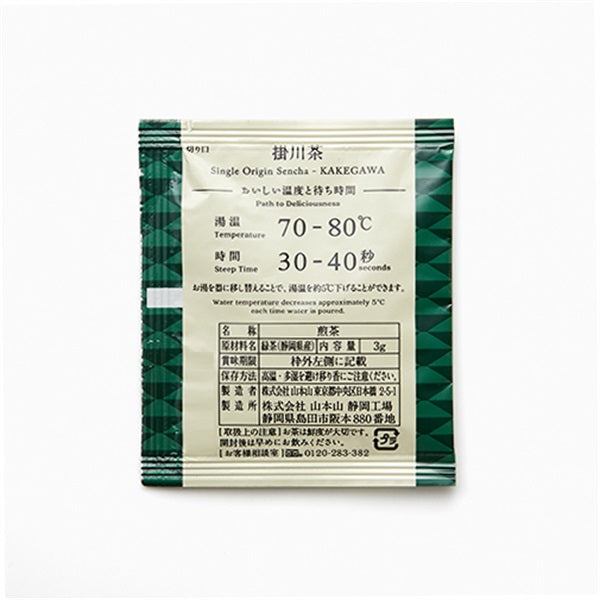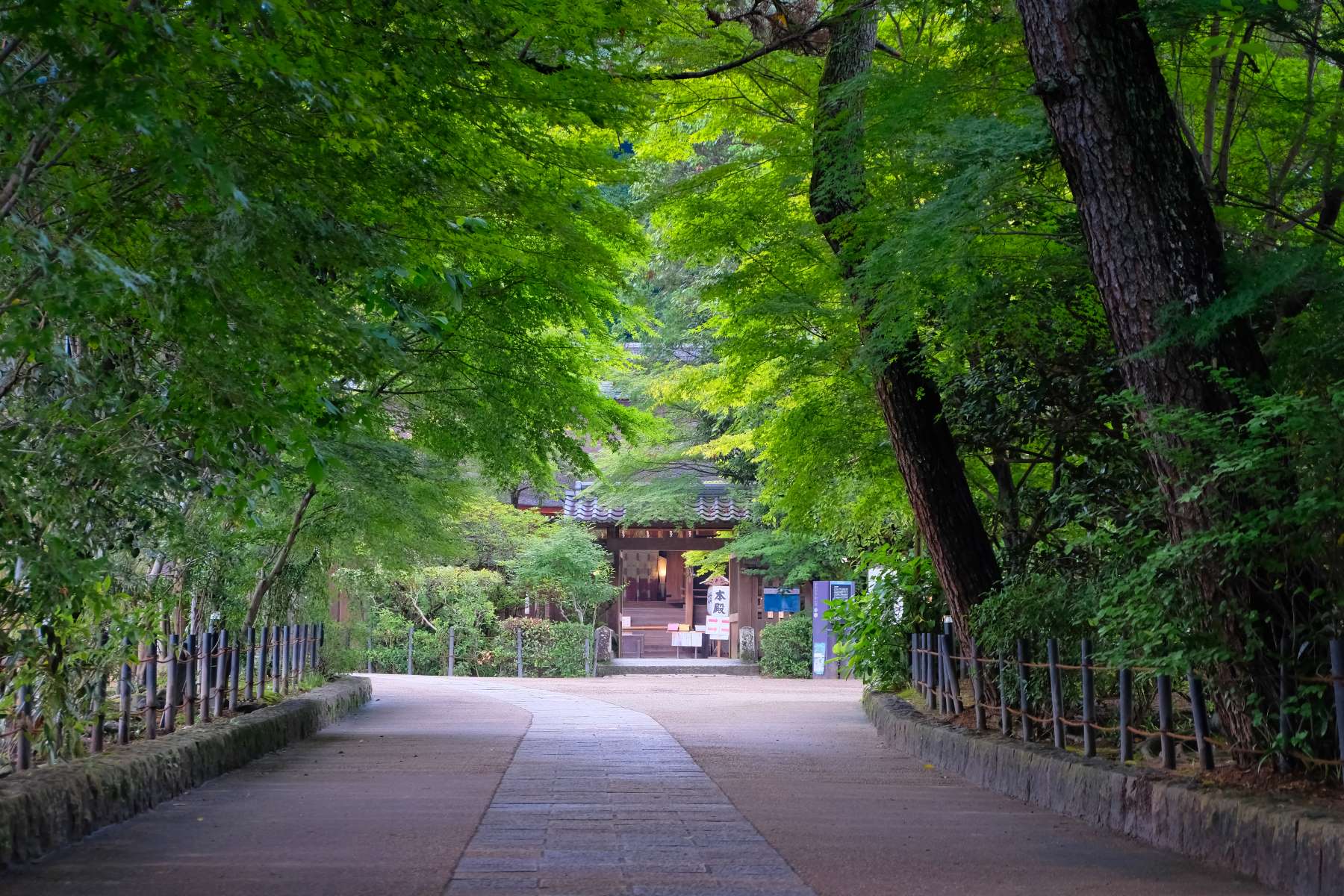
A must-see for tea lovers! The rich and profound flavor of Kakegawa tea
Introduction
Kakegawa tea is a green tea produced mainly in Kakegawa City, in the western part of Shizuoka Prefecture. It has a long history, having been known nationwide as "Enshu tea" since the Edo period. It is characterized by its rich flavor and full-bodied taste, achieved by the deep steaming method, and is beloved as one of Japan's leading green teas.

The History of Kakegawa Tea
Shizuoka tea itself began during the Kamakura period when Shoichi Kokushi planted tea seeds he brought back from Song China, but the origins of Kakegawa tea are different.
Tea was first introduced to Kakegawa in the late 16th century, when a parishioner who had traveled to Kyoto to plan the reconstruction of a temple brought back tea seeds and planted them at a local temple.
During the Edo period, there is an anecdote that Yamauchi Kazutoyo, the lord of Kakegawa Castle, presented Kakegawa tea to Tokugawa Ieyasu, and the high quality of the tea became widely known.
During the Meiji period, Kakegawa tea attracted attention as an export product, and production volume increased significantly. In 2017, the name "Kakegawa tea" was registered as a regional collective trademark, protecting its quality and history.

Characteristics of Kakegawa tea
Deep-steamed sencha was first produced in Makinohara, but the deep-steaming method was also introduced to Kakegawa around 1975, establishing the rich flavor of Kakegawa tea today.
As the name suggests, deep-steamed tea is made by steaming the tea leaves for a longer period of time than regular sencha.
This prevents the umami components from being destroyed, allowing you to enjoy a rich, full-bodied flavor. The perfect balance of astringency and umami makes it very easy to drink and gives it a beautiful, vibrant green color.

Deep-steamed tea has also been gaining attention in recent years for its high nutritional value.
Deep-steamed tea has a vivid, deep green color and is characterized by the presence of many fine suspended particles. This is due to the long steaming time destroying the tea leaf tissue, but the fine particles contain a variety of nutrients.
Tea leaves that are exposed to plenty of sunlight are thick and rich in catechins. Kakegawa tea, which is made by deep steaming, makes it easy to loosen the tissue, so you can consume more of not only catechins, but also dietary fiber, minerals, and other ingredients that are difficult to dissolve in hot water or water, making it a tea with high health benefits.
summary
How was it?
Kakegawa city is blessed with a warm climate and fertile soil, making it an ideal region for growing tea. Kakegawa tea has repeatedly achieved excellent results in national, Kanto block, and prefectural quality evaluation committees. It is loved by many people both in Japan and overseas. If you have the opportunity, please try some authentic Kakegawa tea.











